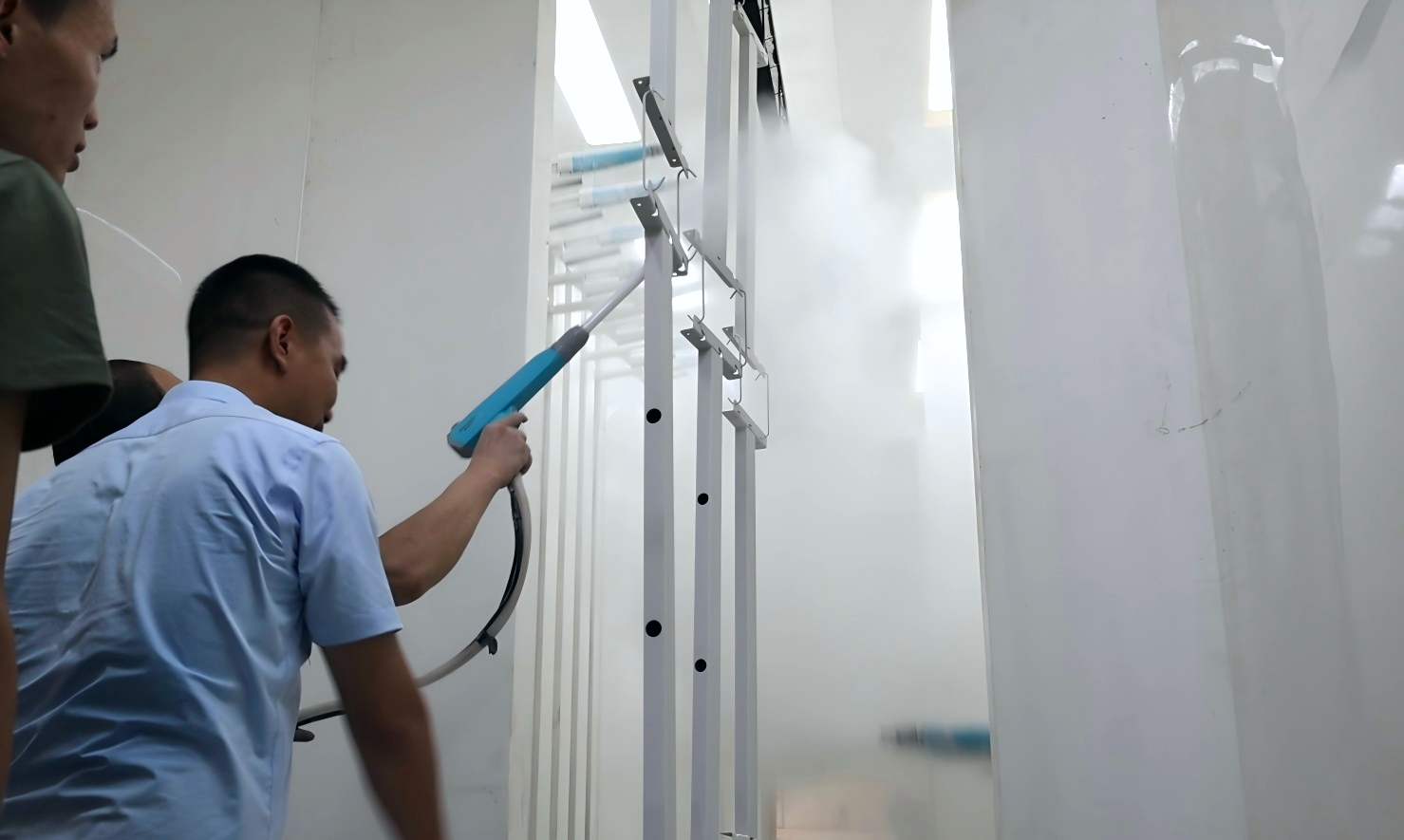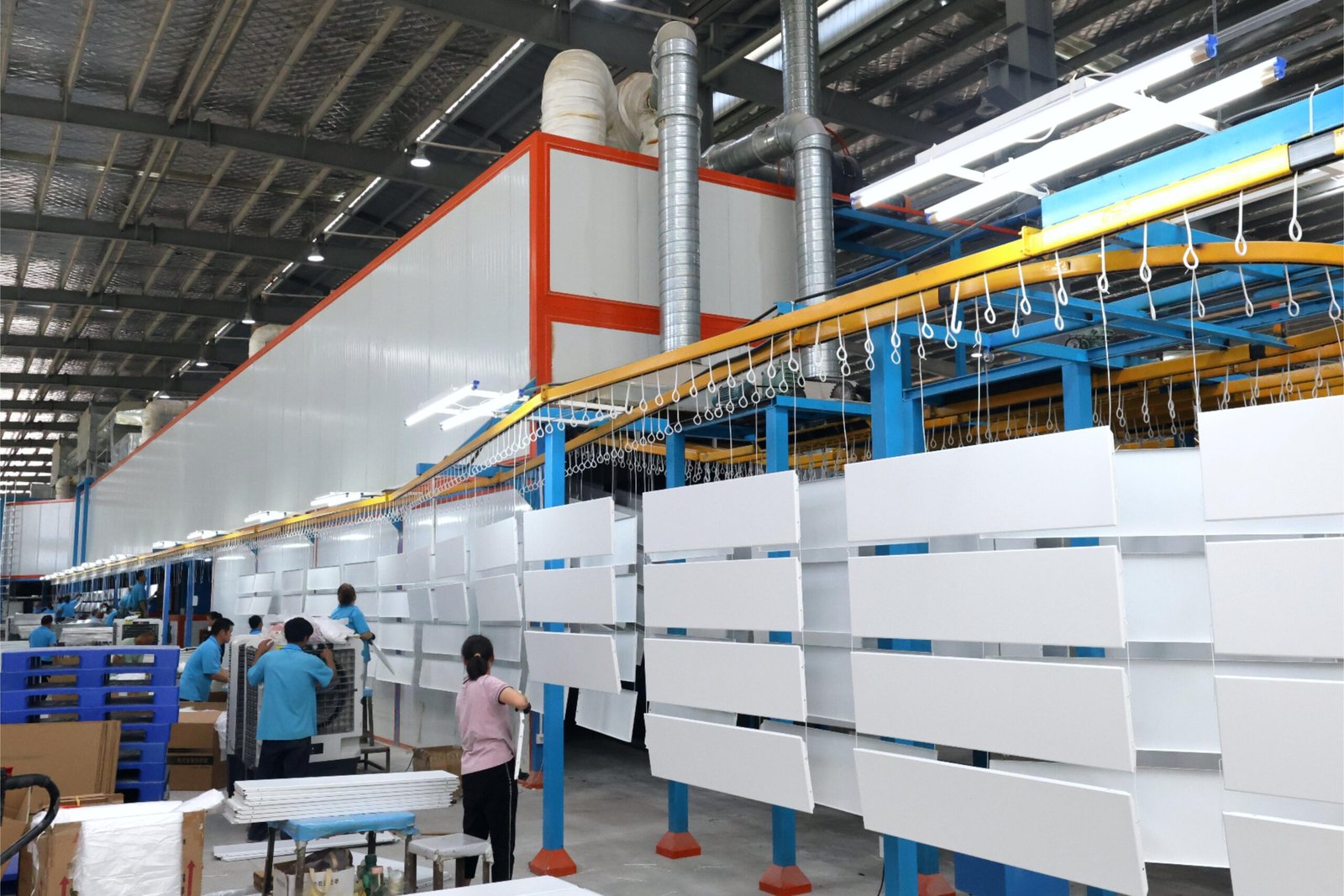
Powder coating is a widely used finishing technique that enhances the durability, appearance, and corrosion resistance of various products. The thickness of a powder coating is a critical factor that determines its performance.
Ensuring accurate and consistent powder coating thickness is essential for quality control and compliance with industry standards.
Why Is Measuring Powder Coating Thickness Important?
1. Ensuring Durability and Performance
- Thickness affects the coating's ability to resist corrosion, UV exposure, and wear.
- Too thin = inadequate protection; too thick = poor adhesion and higher cost.
2. Compliance with Industry Standards
- Industries like automotive, aerospace, and architecture require strict adherence to standards like ASTM, ISO, AAMA, and Qualicoat.
3. Cost Efficiency and Material Optimization
- Correct thickness minimizes powder waste and reduces rework.
4. Aesthetic Quality Control
- Uniform thickness ensures consistent color and surface finish.
- Prevents defects like orange peel texture or uneven appearance.
Methods for Measuring Powder Coating Thickness
Powder coating thickness can be measured before or after curing using various techniques depending on the substrate and application.

🔹 Measurement Before Curing
A. Powder Comb Method
- A metal comb with notched teeth is dragged through the powder.
Pros:
- Low-cost
- Easy to use
Cons:
- Destructive to the powder
- Low accuracy
B. Electrostatic Powder Thickness Gauges
- Measures the height of applied powder using specialized probes.
Pros:
- Non-destructive
- Real-time measurement
Cons:
- Requires calibration
- Less accurate on complex parts
C. Ultrasonic Non-Contact Measurement
- Uses sound waves to detect powder thickness before cure.
Pros:
- High accuracy
- Non-contact, non-destructive
Cons:
- High cost
- Requires training
🔹 Measurement After Curing
A. Magnetic Induction (Ferrous Metals)
- Measures non-magnetic coating over steel by magnetic field strength.
Pros:
- High accuracy
- Non-destructive
Cons:
- Only for ferrous metals
B. Eddy Current (Non-Ferrous Metals)
- Measures aluminum and similar metals using resistance to eddy currents.
Pros:
- Ideal for aluminum
- Non-destructive
Cons:
- Not suitable for non-metal surfaces
C. Ultrasonic Pulse-Echo (Non-Metals)
- Sends a sound wave through the coating and measures echo time.
Pros:
- Works on plastic, wood, composites
- Can measure multi-layer coatings
Cons:
- Requires coupling gel
- More expensive
D. Cross-Section Microscopy
- A cross-section of the part is cut and measured under a microscope.
Pros:
- Very accurate
- Useful for lab testing
Cons:
- Destructive
- Time-consuming
📊 Comparison of Powder Coating Thickness Measurement Methods
| Method | Substrate Type | Accuracy | Destructive | Cost |
|---|---|---|---|---|
| Powder Comb | All | Low | Yes | Low |
| Electrostatic Gauge | All | Medium | No | Medium |
| Ultrasonic (Pre-Cure) | All | High | No | High |
| Magnetic Induction | Ferrous Metals | High | No | Medium |
| Eddy Current | Non-Ferrous Metals | High | No | Medium |
| Ultrasonic Pulse-Echo | Non-Metal Substrates | High | No | High |
| Cross-Section Microscopy | All | Very High | Yes | High |
Industry Standards for Powder Coating Thickness
- ASTM D7091: Non-destructive measurement on metal
- ASTM D4138: Destructive cross-section method
- ASTM D6132: Ultrasonic testing on non-metal
- Qualicoat: 60–80 μm for aluminum architecture
- AAMA 2605: 50 μm minimum for high-performance aluminum coatings
- BS EN 12206-1: European standard for aluminum powder coatings
Best Practices for Optimal Coating Thickness
- Surface Preparation: Clean, sandblast, or chemically treat the substrate
- Consistent Application: Maintain spray gun distance and speed
- Calibrate Measurement Tools regularly
- Control Environmental Conditions: Manage humidity and booth temperature
- Routine Thickness Checks: Use during both pre- and post-cure stages
Conclusion
Measuring powder coating thickness is essential for durability, compliance, and cost efficiency.
Whether using comb methods, magnetic gauges, ultrasonic tools, or microscopy, choosing the right technique depends on your material and production needs.
✅ Invest in proper tools
✅ Train staff on correct use
✅ Follow industry standards
With accurate measurement and process control, you’ll ensure high-quality, consistent, and long-lasting powder coated finishes.
